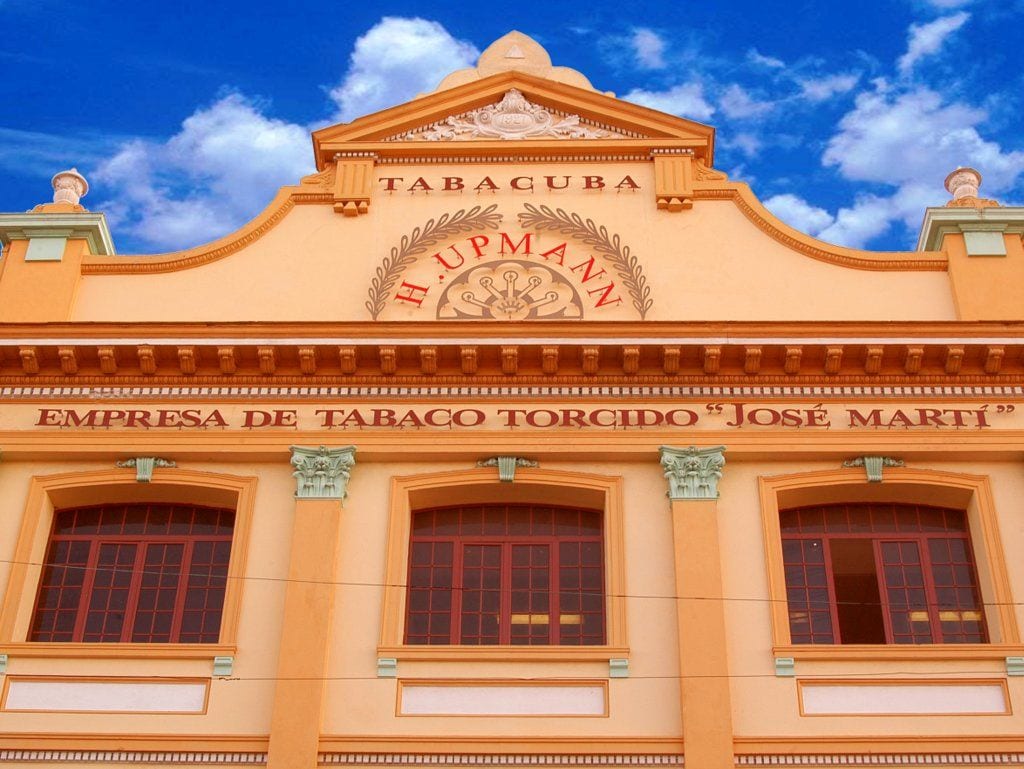
Jose Marti factory birthplace of Montecristo
With its iconic yellow boxes, brown bands, and seven sabers, Montecristo is perhaps the most iconic and ubiquitous cigar brand of all time. And just like Dumas’ spirited tale of betrayal and deception from which the brand got its name, the history of Montecristo cigars has been no less dramatic. Perhaps the most notorious example of the Cuban and New World dual brands, Atladis’ Dominican Montecristo, has been servicing the American market since the early 90s. Yet far from mere imitation, the roots of these dobles Marcas, the Dominican version, and the Canary Islands’ Montecruz, all trace back to the founders of the beloved Cuban line, Alonso Menendez and Jose Manuel Garcia.
Since its founding in 1934, Montecristo has had an unparalleled legacy in the cigar world, distinct and unmatched. Whether it’s the much-imitated vitola nomenclature or the legacy of their most iconic cigars, the No.2 and the No.4, the brand has influenced many future classic Habanos, and New world smokes. Considered the “benchmark cigar,” universally used to gauge cigar quality, the Mareva-sized No.4 has been Cuba’s top-selling stick for decades. Manufactured in no less than seven factories to keep up with international demand, it’s no wonder why ownership of the brand and its legacy has been a hotly contentious issue since 1959. Undoubtedly, Montecristo has been at the focal point of the most sweeping changes in the cigar world of the past century, making it an exciting node for study in gaining a more comprehensive understanding of the development of the current cigar landscape.

Benji Menendez, son of Montecristo’s founder
Astute businessman Alonso Menendez launched the Montecristo as a premium brand primarily intended for export in 1934, upon acquiring the Particulares factory. The name emerges from Alexandre Dumas’ “Count of Montecristo,” a beloved tale by the torcedors, frequently recited by the lectors on the rolling floors. It is claimed that the brand’s iconic logo, from the sabers to the fleur-de-lis, was designed with the help of Alonso’s then British distributors John Hunter Morris and Elkan, or Today’s Hunters’ Frankau, the exclusive Habanos distributor in the U.K. The iconic vitola terminology was introduced by Menendez himself to spare himself the headache of placating his many colleagues’ suggestions for vitola names. Instead, he opted to call them No.1,2,3,4, and 5. Perhaps an unwittingly genius stroke of marketing, in a short period, the success of the young Montecristo would prompt a merger with another historic brand that at the time was down on its luck, H. Upmann. With a new business partner in tow, Menendez Garcia y Cia became Cuba’s most prominent cigar company. Montecristo production was done exclusively at the iconic H. Upmann facility at 405 Amistad street Havana.
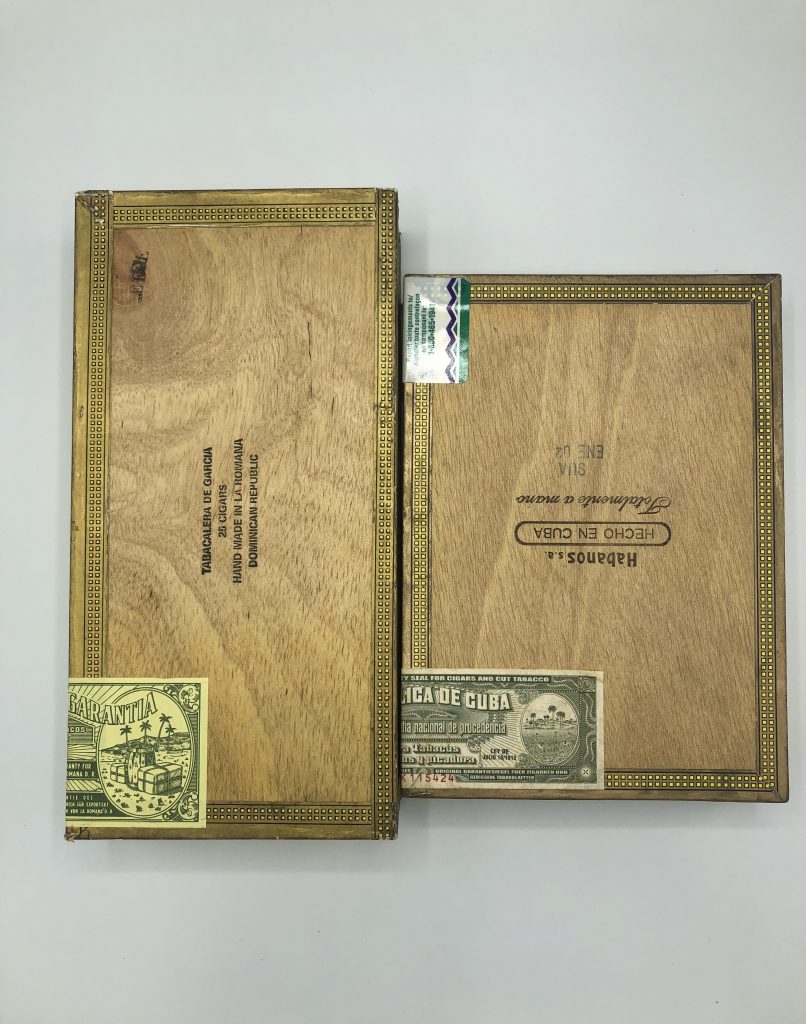
The famous factory identified by the factory code “J.M.” on the bottom was widely sought after by collectors, the facility known to produce the most exemplary and most consistent quality Montecristos during the cigar heyday of the 90s. At H.Upmann factory’s pre-revolution height, the facility employed 1,100 employees, making it Cuba’s most prominent export manufacturer. Post-revolution, the factory was renamed after Jose Marti, the 19th-century independence leader who founded Key West’s Cuban revolutionary party supporting Florida’s Cuban tobacco workers. With both H. Upmann and Montecristo enjoying considerable success abroad, accounts differ over which one dominated the years before nationalization.
Naturally, the size of this operation would not go unnoticed by the revolutionary government upon seizing power in 1959, resulting in the seizure of the H. Upmann factory by 1960, with the decree nationalizing the country’s tobacco industry going into effect. With all Menendez and Garcia assets seized, the two, like many of the nation’s foremost cigar makers, fled their homeland for the United States. The legacy of Montecristo, however, would resound in the New World in unexpected ways.
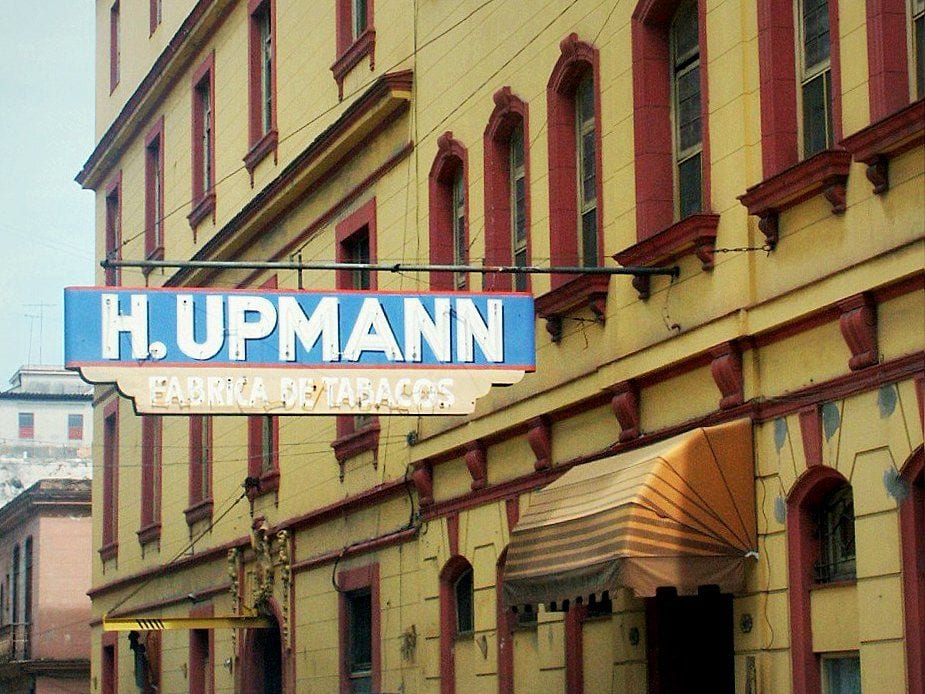
The 1960s marked the start of a recalibration of the premium cigar industry to the new world. Famous exiles that left upon the arrival of Castro included Frank Llaneza, who would go on to make the Honduran Punch and Hoyo de Monterrey. Arturo Fuente, Jose Orlando of Padron cigars, and Ramon Cifuentes, the heir to Partagas responsible for the non-Cuban variations, left as well, amongst many others. As the reader may be familiar, these cigarmakers would forever reshape the cigar world, Cuban seeds in tow.
Not ones to rest on their laurels, Garcia bought out Menendez’s stake. After a brief stint in Miami, they left for the Canary Islands, where he made cigars for the Compania Insular Tabacalera (CIT) in Las Palmas. Launched in 1961, the Montecruz, a Canary Island continuation of Montecristo, was the result. Montecruz would become the top premium cigar brand in the U.S. during the 60s, marking a golden age of Canary Island cigar production and innovation (an era that unfortunately has long gone), with Montecruz being one of the first cigars to feature sun-grown wrappers. Garcia’s Cuban seed H.Upmanns would also see its fruition in Canarian soil. The “doppelgänger” Montecruz cigar was one of the first post-revolution forays, foretelling the potentials of the post-embargo American market, but also the first indication of a conflict with Cubatobaco (later to be known as Habanos S.A.), the Cuban state tobacco company.

Tedious trademark disputes with Cubatobaco would endure until the ground-breaking 1972 lawsuit of Menendez vs. Cuban cigar importers Faber, Coe, and Gregg. This single breakthrough lawsuit recognised the right of Cuban exiles to produce and market their own cigars under the pre-revolution brand names that belonged to them. As a result, Cuban Cigar Brands NV was created, which now owned the U.S. rights to classic Havana trademarks, previously owned by exiles including H.Upmann, Por Larranaga, and Montecristo. The floodgates were opened for parallel non-Cuban lines to proliferate, Kennedy’s 1962 embargo hermetically sealing the American market, there for the taking by a slew of Cuban heritage new world cigars.
Coinciding with this new precedent was introducing the first free trade agreements in the Dominican Republic, making it the perfect spot to produce cigars for U.S. export. The non-Cuban Partagas and H.Upmann began production at the famed La Romana factory in the 70s. The revamped Dominican Montecristo, dressed identically to the original, was introduced in the early 90s, right after Consolidated Cigar acquired the Cuban brand trademarks for the U.S. from Garcia. Between these periods, the Dominican Republic decisively overtook Jamaica and the Canary Islands as the leading cigar producer for the United States.
With Cubatobaco completely boxed out by Consolidated cigars and International Cifuentes, selling New World cigars under Cuban trademarks by the millions, the question of to whom the pride and legacy of Montecristo belong to, remained a contentious issue. The post-revolution era saw the brand expand its portfolio to include the A, Corona Especiales, and many others just as iconic as Menendez’s original No.1 and No.2s. These vitolas deployed from Cohiba’s El Laguito factory came from the masterwork of legendary rollers like Jesus Ortiz Gonzales, who in turn left a significant mark on the brand’s unparalleled post-revolution standing. Others point out that it wasn’t until after 1962 that Montecristo gained a considerable global appeal, growing from about 1% of the French market in the pre-revolution period to claiming 50% by the early 90s. With this in mind, it is clear why the results of the 1972 court case left a foul impression on the Cuban government.
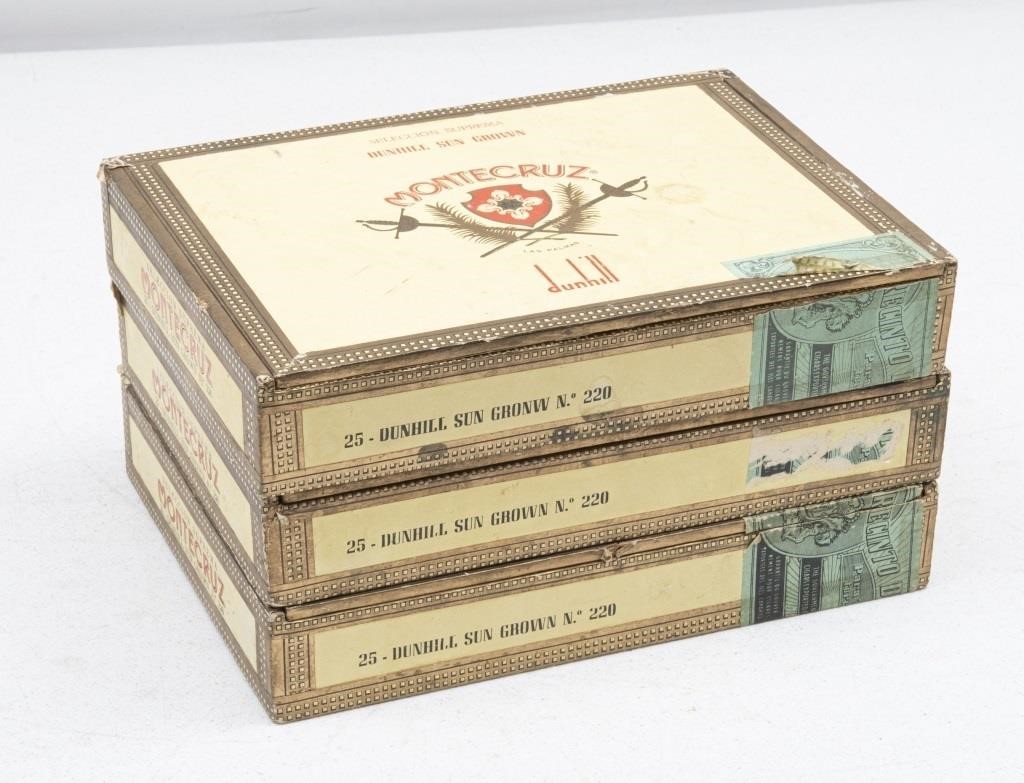
To Cubatabaco’s dismay, their dreaded trademark hearing, would reverberate internationally with a conflict emerging between Cuba and it’s two major export markets Spain and France. In 1992, the Parisian court ruled in favor of Garcia and Cuban cigar Brands NV, entrusting Montecristo, H. Upmann, and Por Larranaga’s trademarks as the rightful owners. The repercussions meant the former French tobacco monopoly SEITA barred their importing to France. A devastating blow, the loss of Montecristo, resulted in a reduction in sales of 50% and upwards of $100,000,000 in revenue.
The Spanish market was endangered, when Tabacalera purchased the world rights (excluding U.S., D.R., and Cuba) for a slew of brand names including Montecristo, H.Upmann, Por Larranaga, Ramon Allones, from the American “Cuban Cigar Brands NV”. With Montecristos accounting for 70% of all Cuban cigar sales in Spain, the high stakes brought Cubatabaco and Tabacalera at a standstill. Tabacalera refused to sell the Montecristo world rights to Cuba, seeing an opportunity to become the European distributors, a prospect that would severely undercut Cubatabaco’s importation oversight. Tabacalera justified its claim over the trademark. It would keep further nations from delegitimizing Cuba’s claim to the brand, resulting in severe losses for all involved, as was the case the year prior in France.
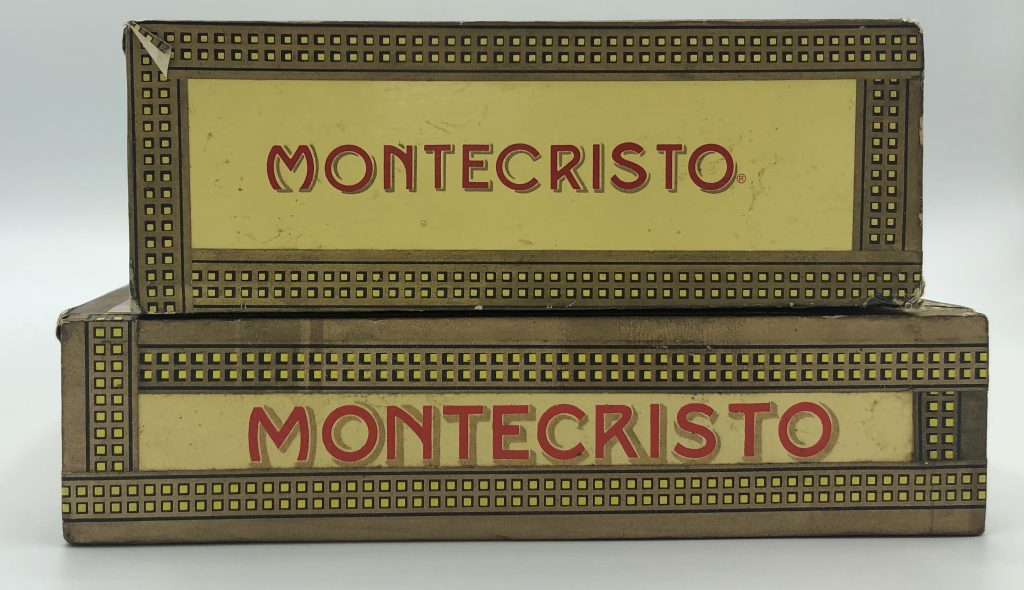
Bottom = Cuban
In an increasingly globalized cigar market, the issue of national pride, product integrity, or origins were eventually taken over by economic pragmatism, where a series of major acquisitions subdued courtroom disputes and claims to property. Instead of individual nations, there was now a brave new global market to serve, where there was no room for inefficiency and hefty lawyer fees; only large multinationals seemed fit for the undertaking in this period. Tabacalera merged with SEITA in 1999, forming Atlantis, while the following year, they purchased a 50% stake in Habanos S.A. (formerly Cubatobaco), creating the world’s largest cigar company.
With the global markets so hopelessly entangled, the strange bedfellows of Cuban and Dominican Montecristos being distributed under one global entity should not come as too much of a surprise. In a twist of irony, Benjamin Menendez, working for Tabacalera’s U.S. market division, developing new world brands from VegaFina, Quintero and Romeo & Julieta, found himself colleagues with Habanos S.A.; the government entity that infamously seized his family’s assets following the revolution. It’s turned out that the embargo is sustaining a tenuous peace between these parallel brands, with an onslaught of legal challenges perhaps waiting down the line if Cuban cigars should once again be sold on U.S. soil.
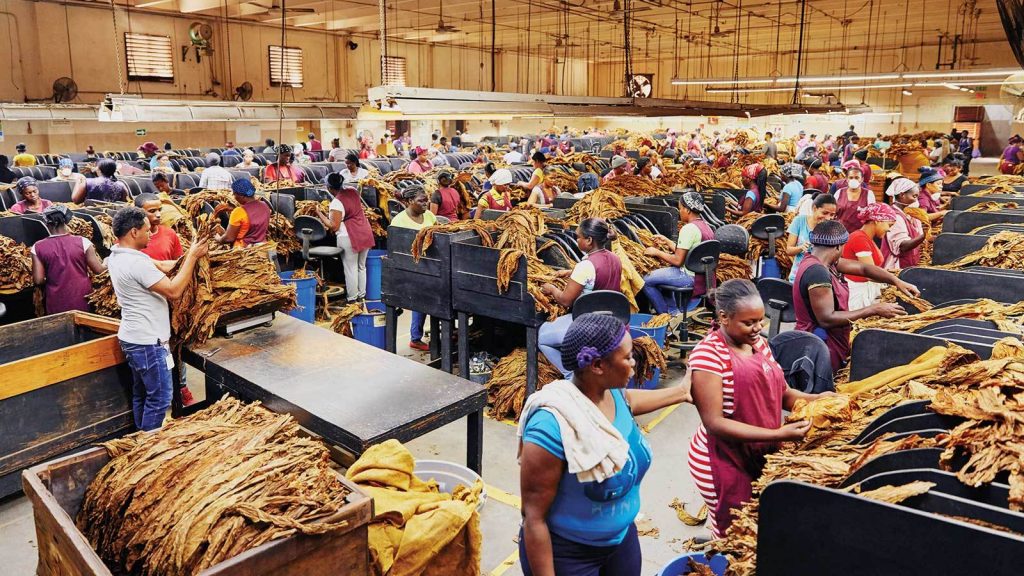

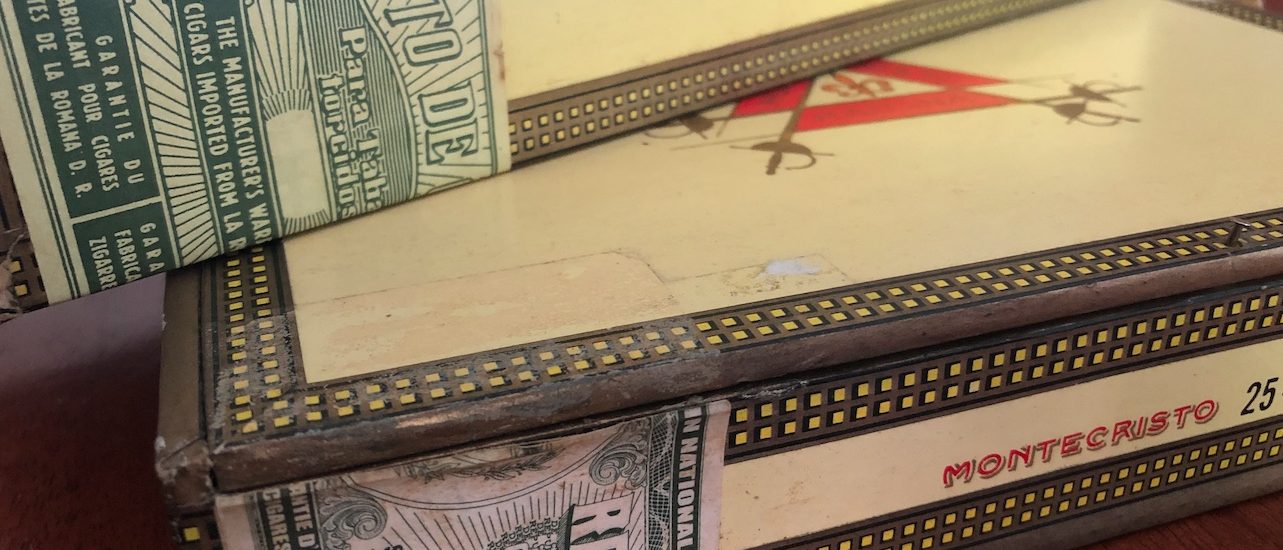
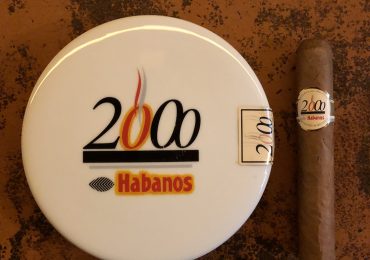
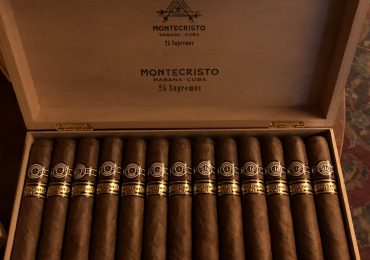
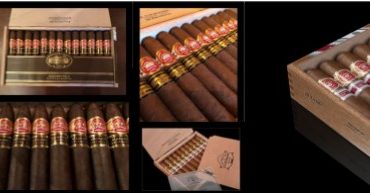
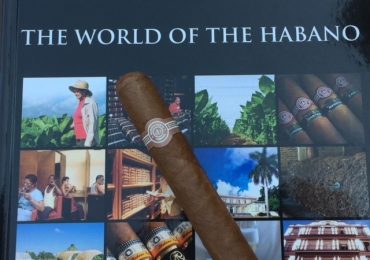
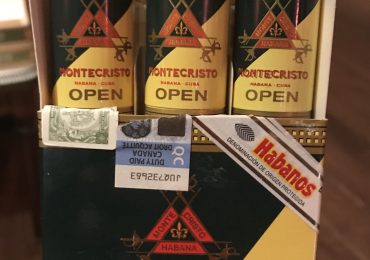
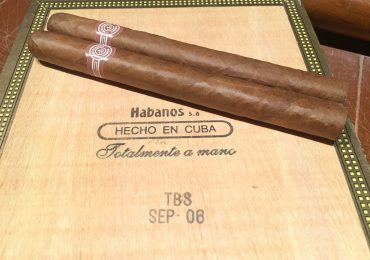
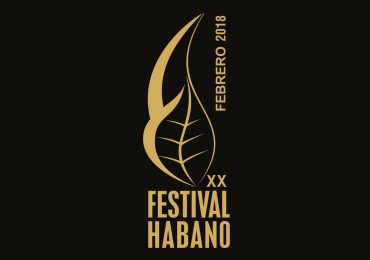
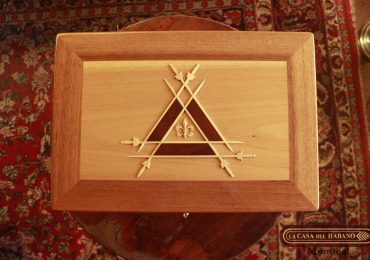
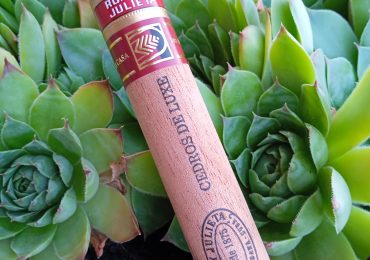
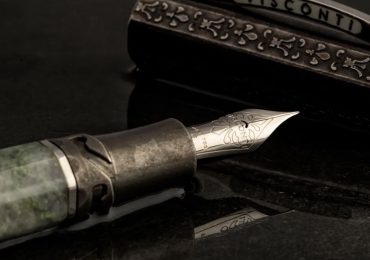
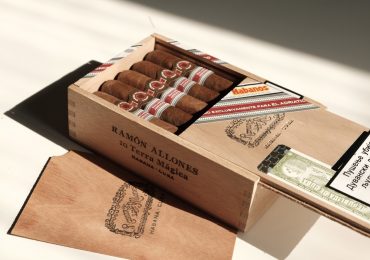
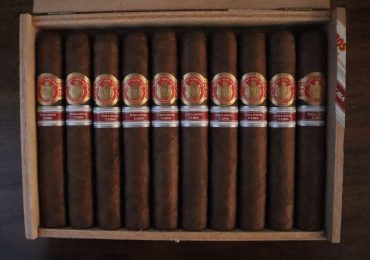
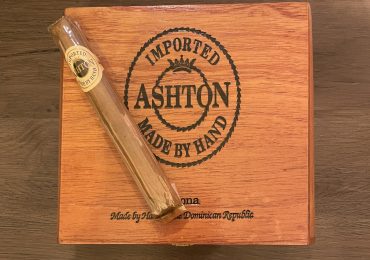
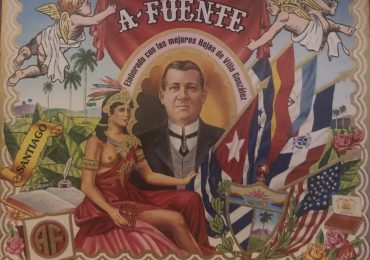
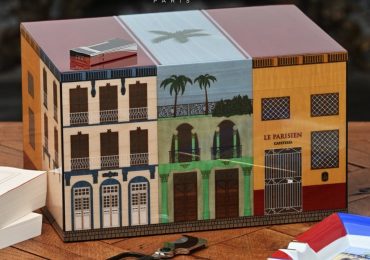
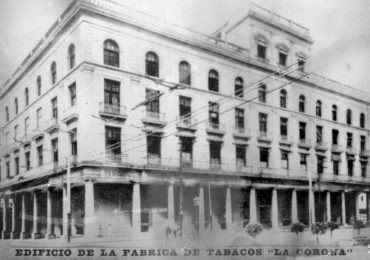
Great Article. Truly fascinating.
Thank you Olivier! Have you tried any of the New World Montecristo?
I have come across some Montecristo #3’s with some unusual labeling. It seems they were made in Las Palmas. I can find no reference of Montecristos manufactured in the Canary Islands. The box is a typical Montecristo top cover, however the bottom of the box is burned/stamped “Made In Las Palmas Spain”. I know they are vintage. I purchased them at an estate sale, in a humidor along with Maria Guerrero’s, which are no longer Manufactured and Jose Piedra along with a box of Partagas and Upmann cuban cigars with no tax stamp.
This was a nice article and entertaining to read.
It is, naturally, very apolitical but how can we talk about monte Cristo and not discuss what the communist Cuba did to this family as well as many other families by taking possession of the business that they built.
A clarification, the name of the street where the H. Upman factory was located is misspelled. It is correctly spelled Amistad, Which means friendship.
A question: what does JM stand for.
Sincerely,
Raul Valor
Miami, Fl
Thank you Raul! Amistad has been fixed!
As for “JM”, can you specify?